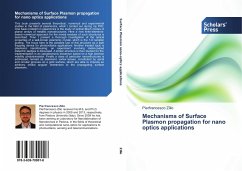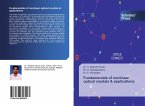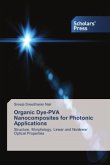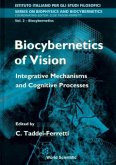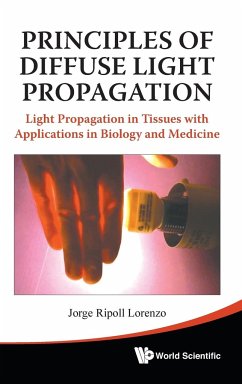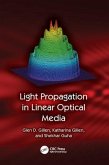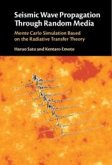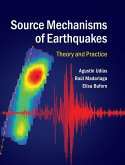This book presents several theoretical, numerical and experimental studies in the field of plasmonics, which I carried out during my PhD. One basic problem in plasmonics is the study of optical Bloch modes of planar arrays of metallic nanostructures. Here a new finite-elements-based numerical approach for the modal analysis of such structures is described. Then I present a thorough investigation of the optical properties of a well-known plasmonic crystal, which is the 1-D lamellar grating. The focus here is the possible use of this structure as a light trapping device for photovoltaics applications. Another treated topic is plasmonic nanofocusing: an experiment involving metal-coated dielectric wedges is discussed. A similar structure is then studied for the implementation in an optoelectronic biosensor based on a high electron mobility phototransistor. Finally a class of particular nanostructures is addressed, termed as plasmonic vortex lenses, constituted by spiral and circulargrooves on a gold surface, which are able to impress an arbitrary orbital angular momentum to the propagating surface plasmons.
Bitte wählen Sie Ihr Anliegen aus.
Rechnungen
Retourenschein anfordern
Bestellstatus
Storno

